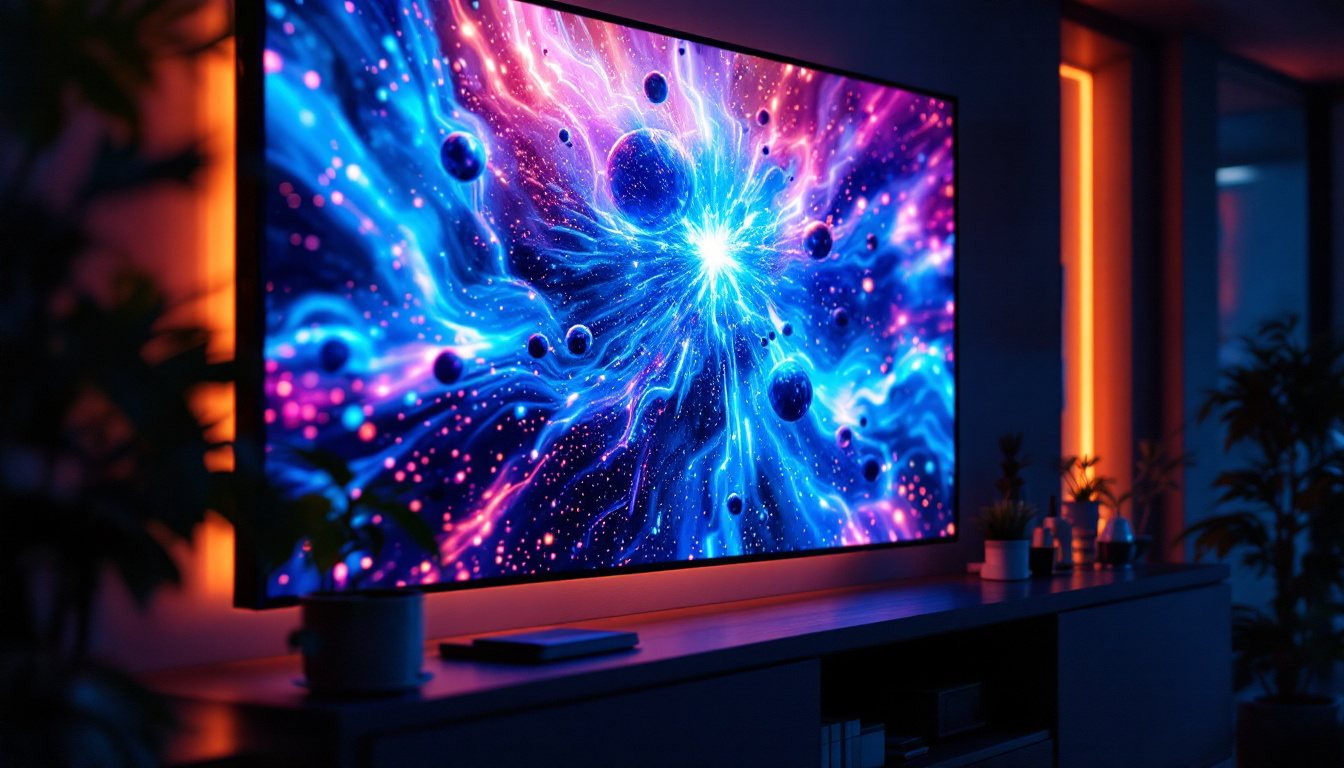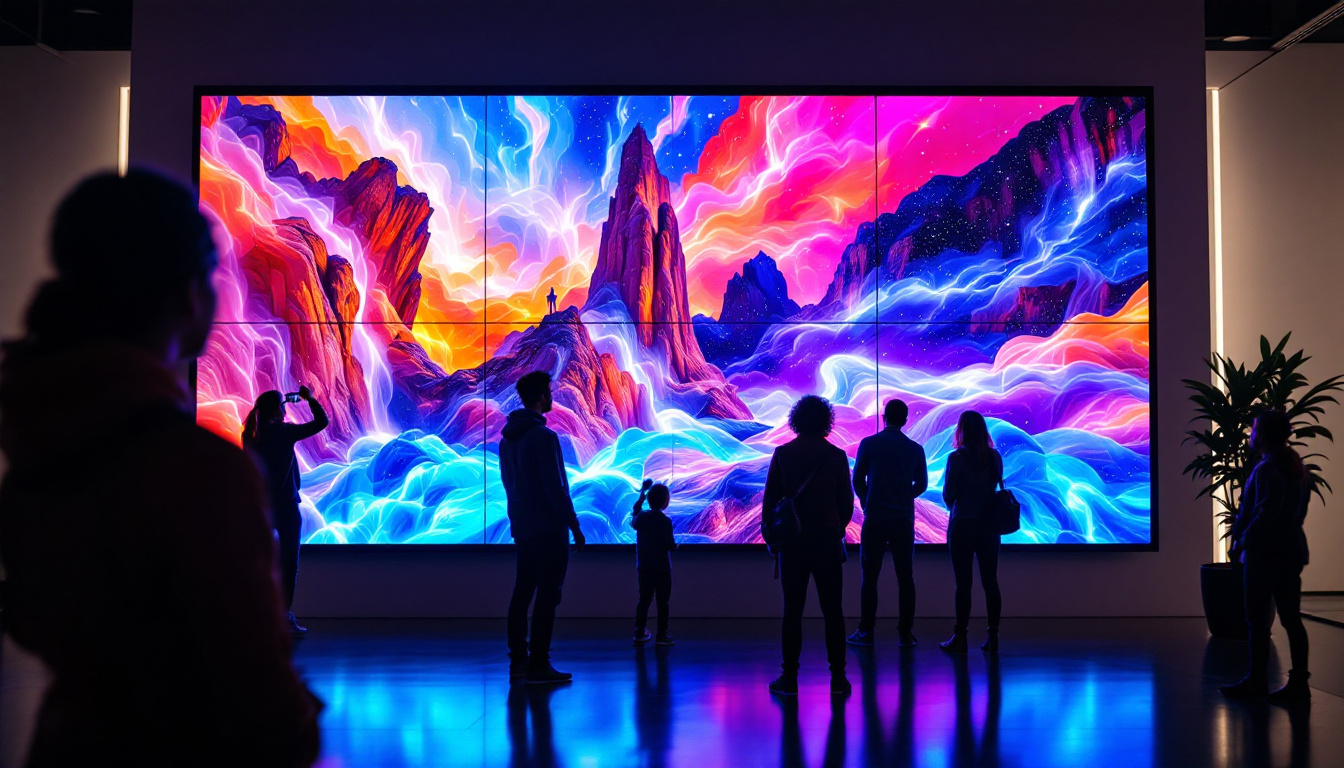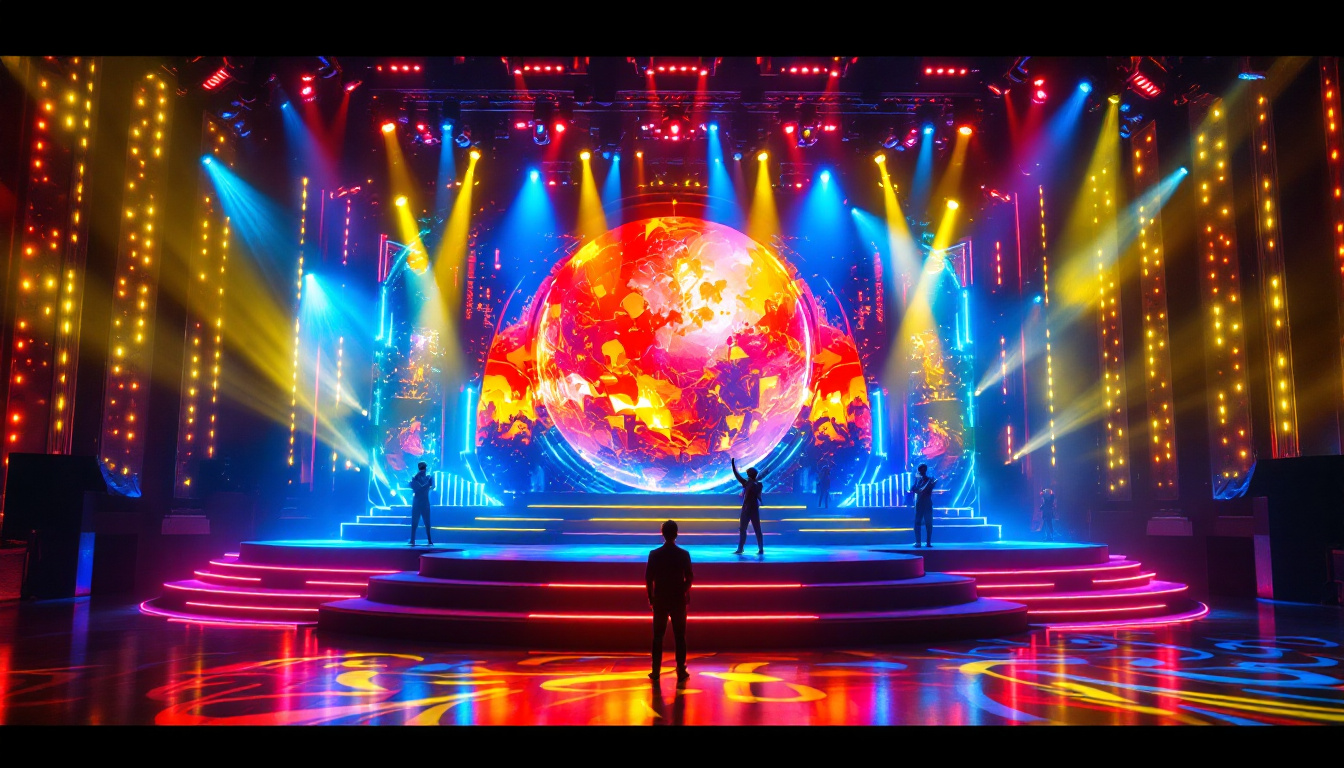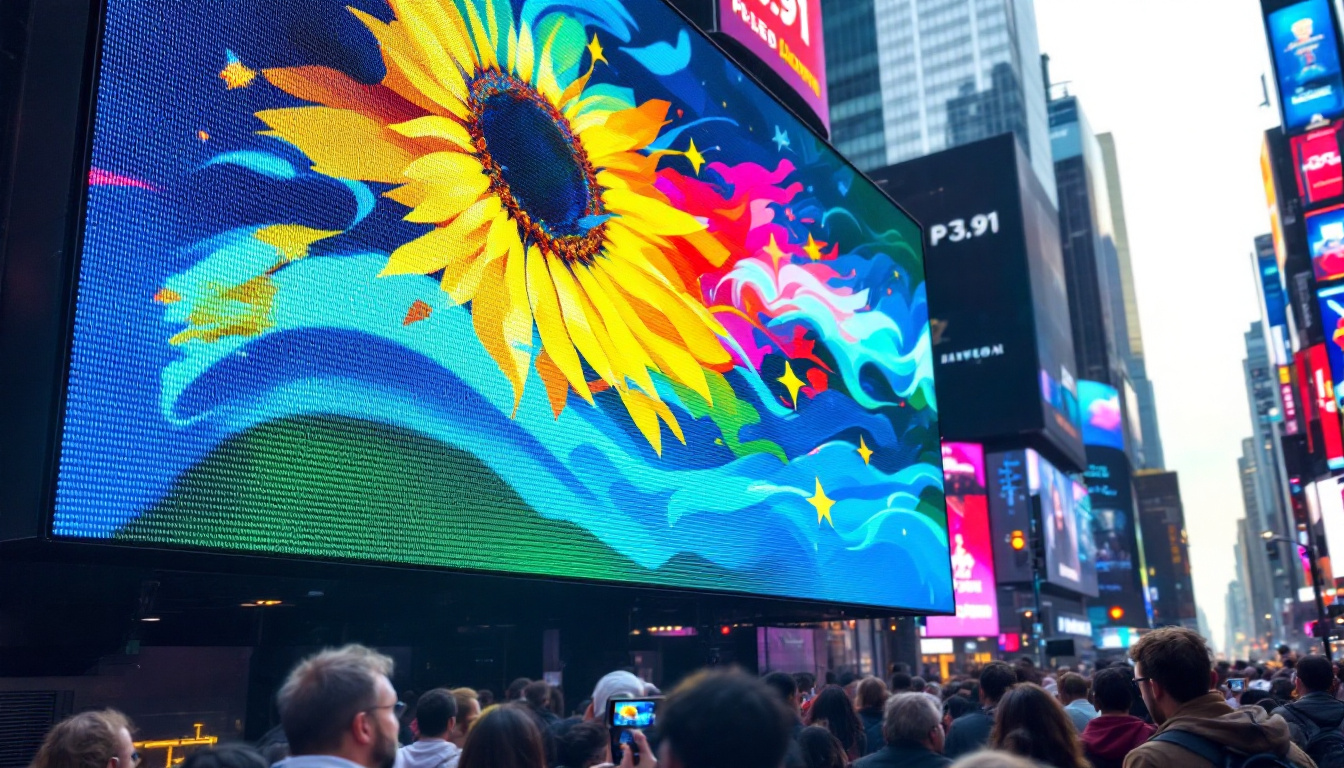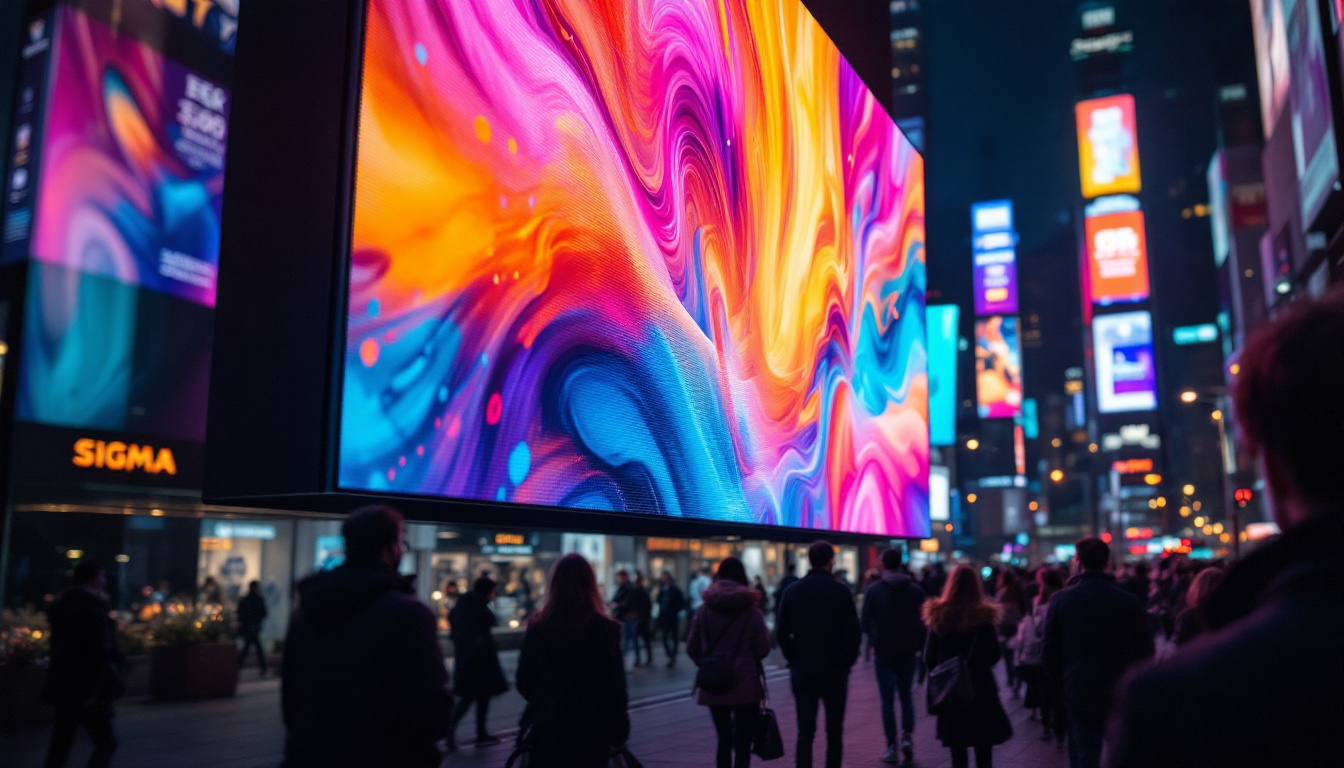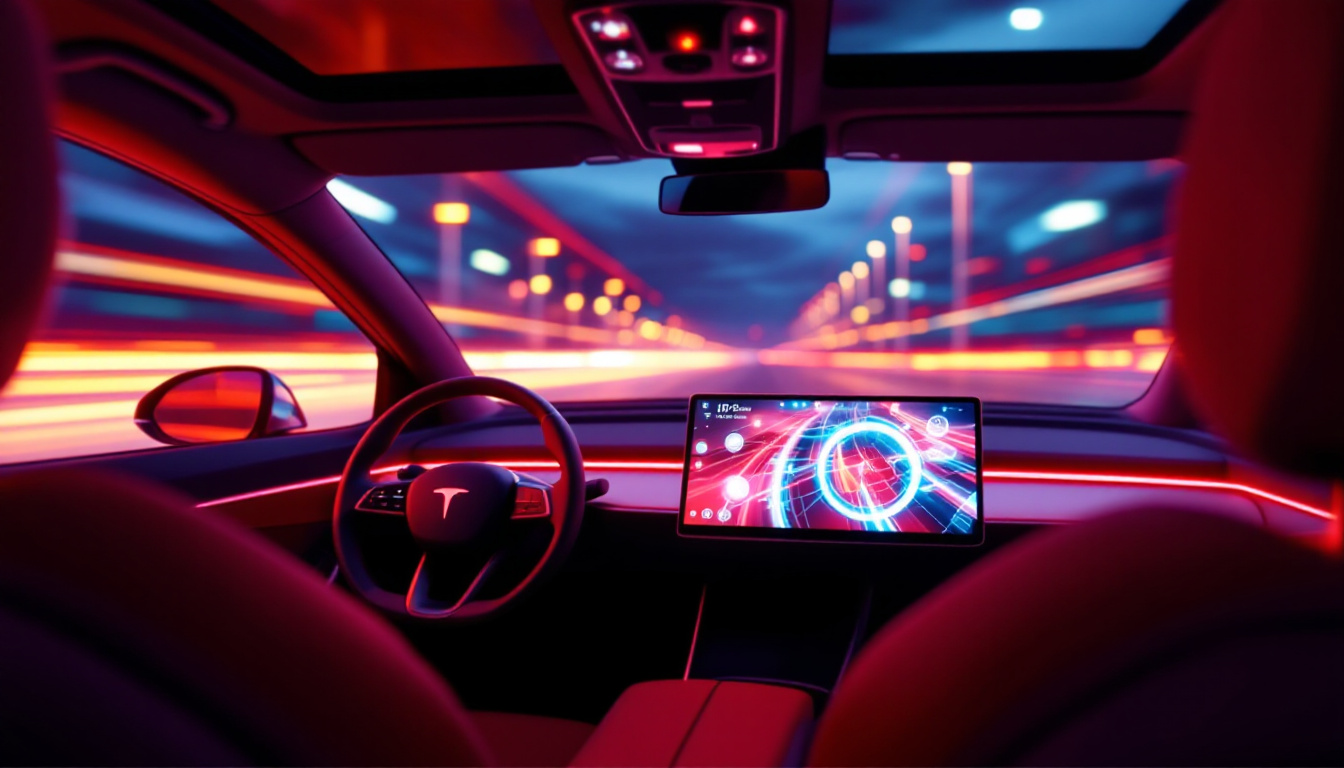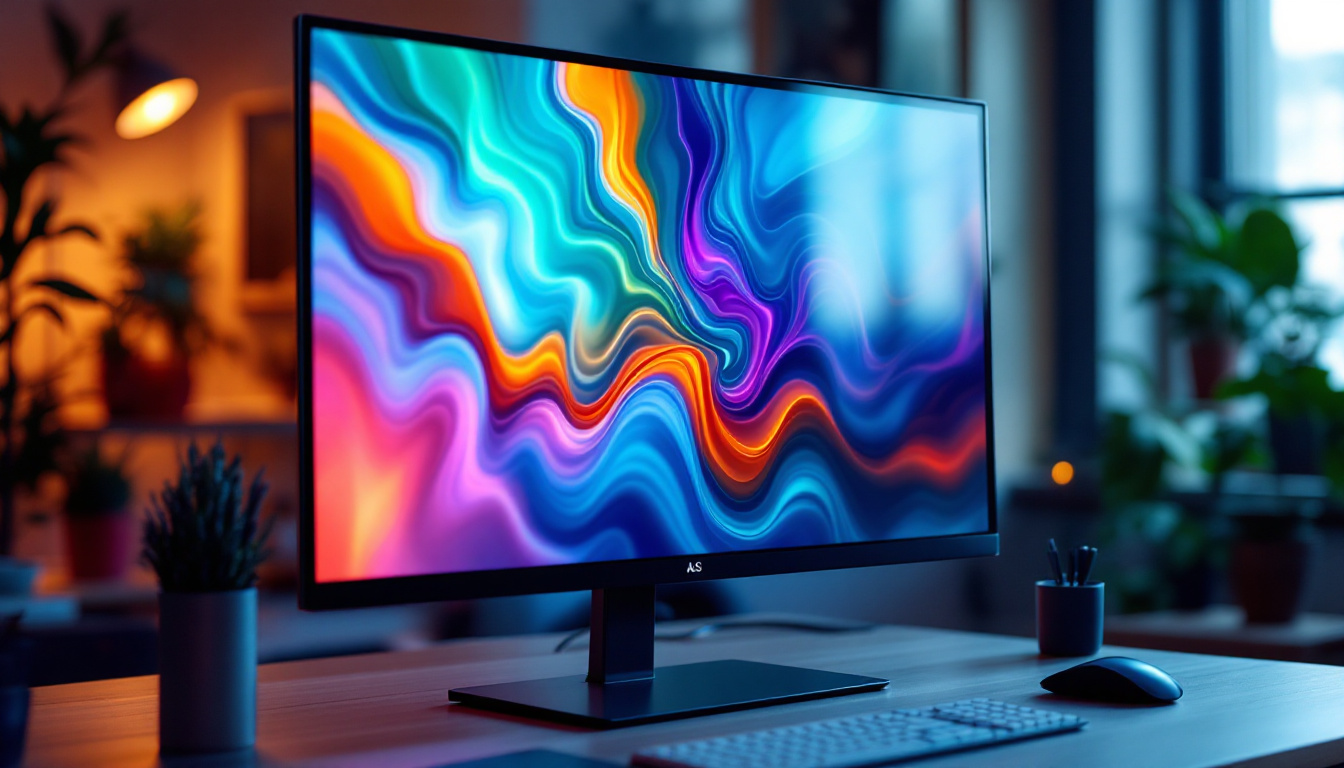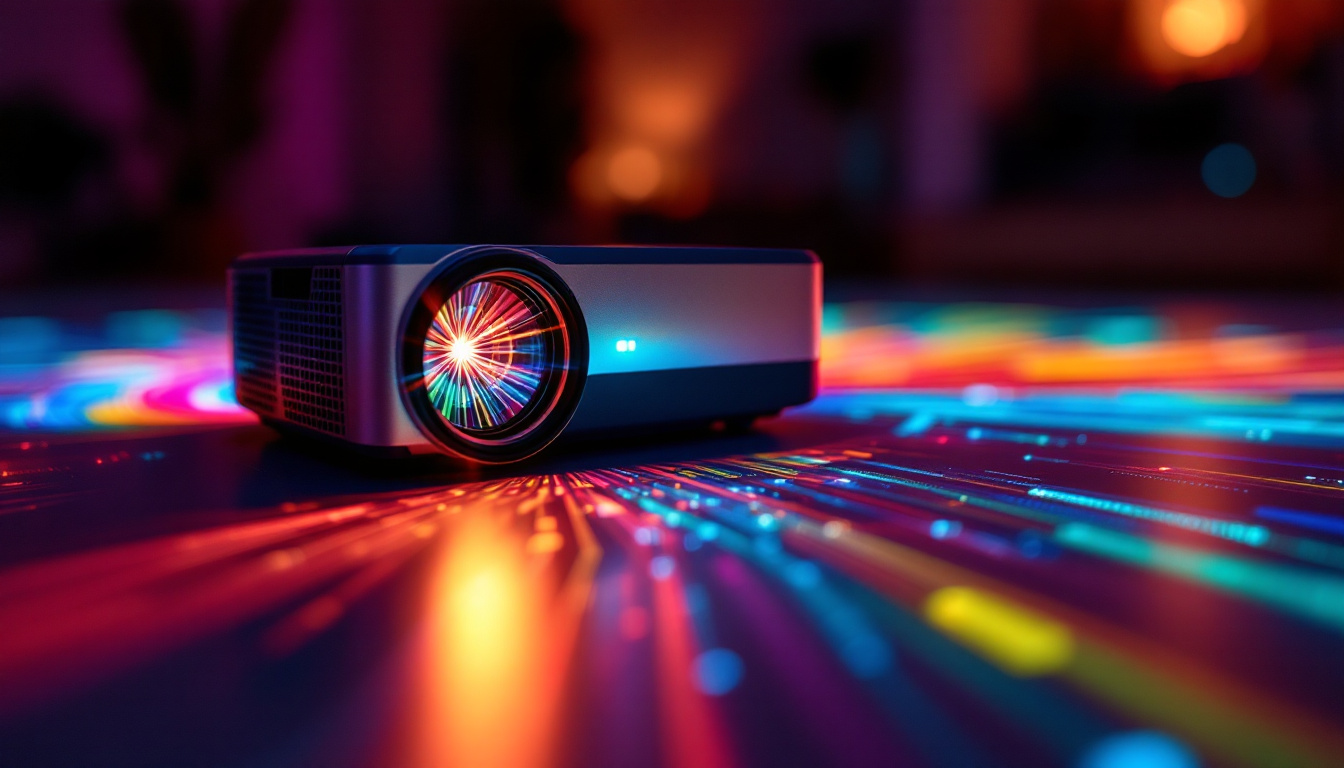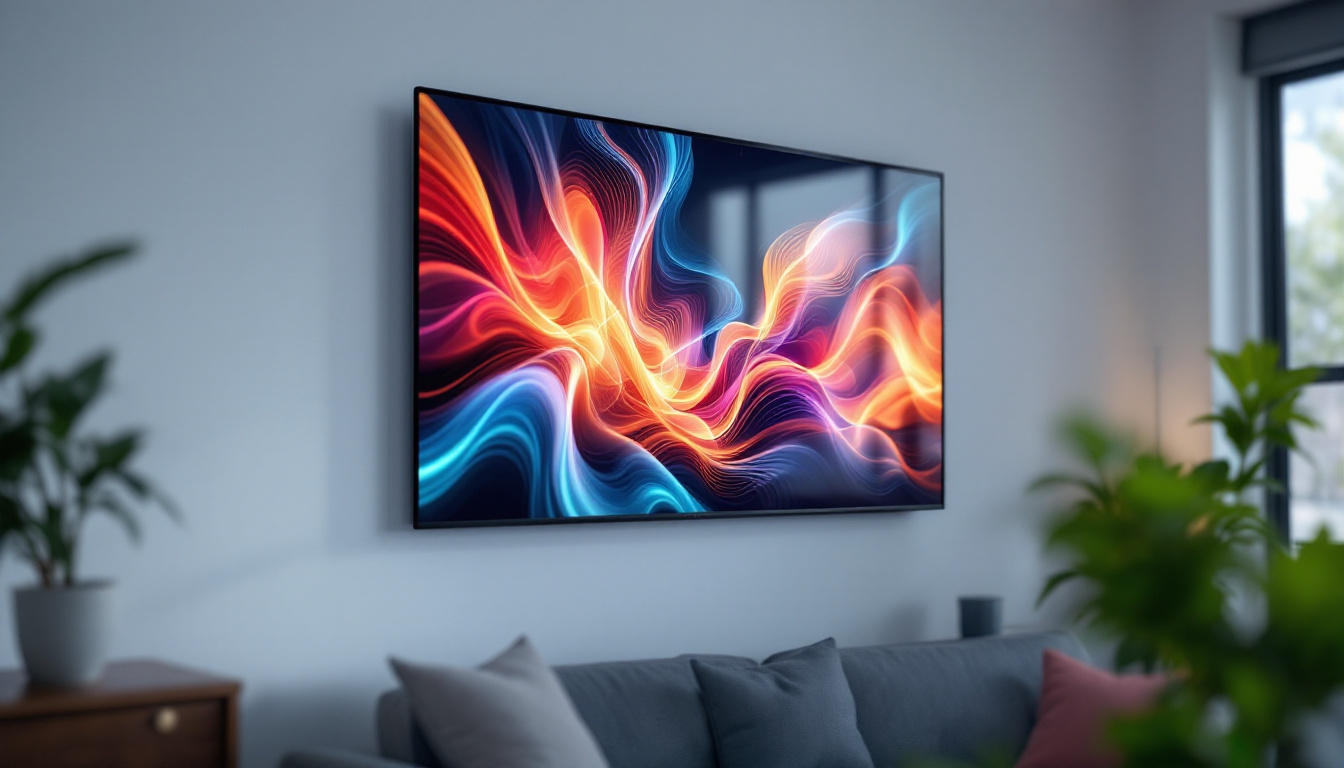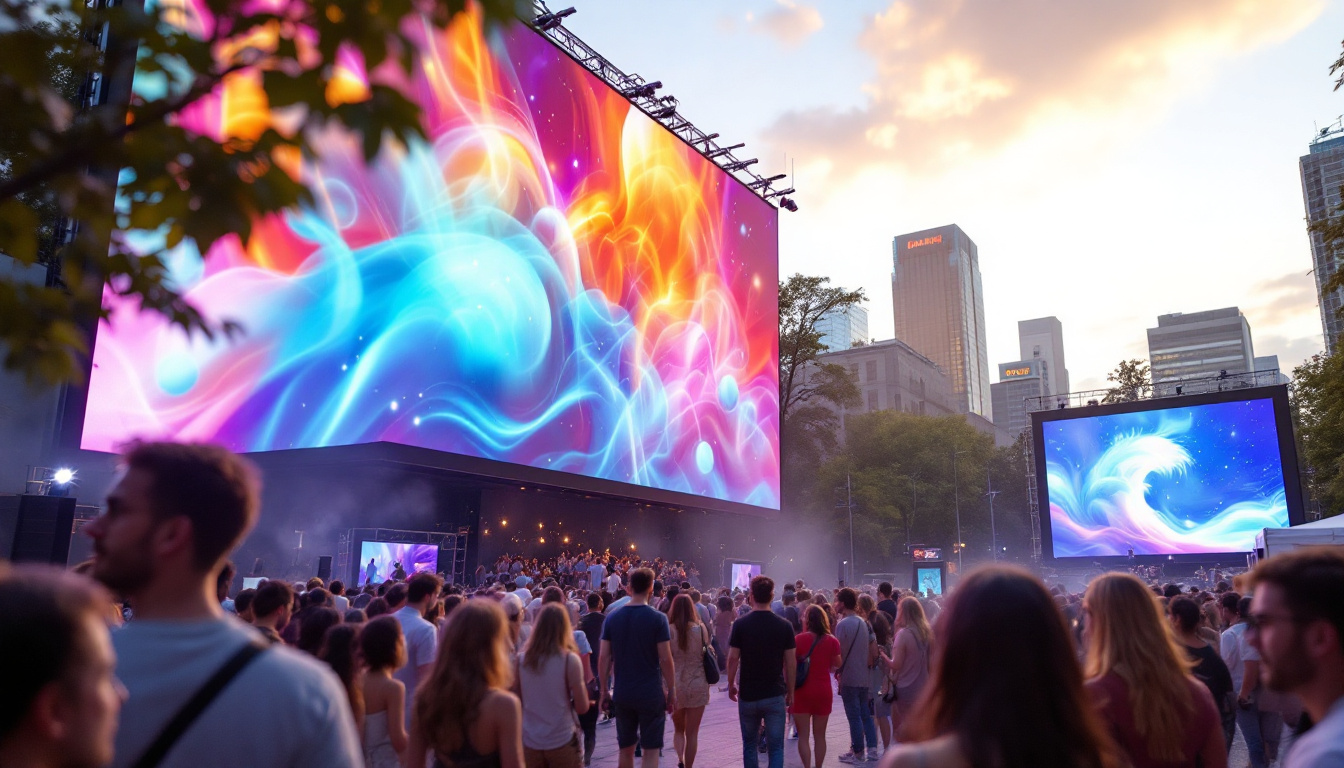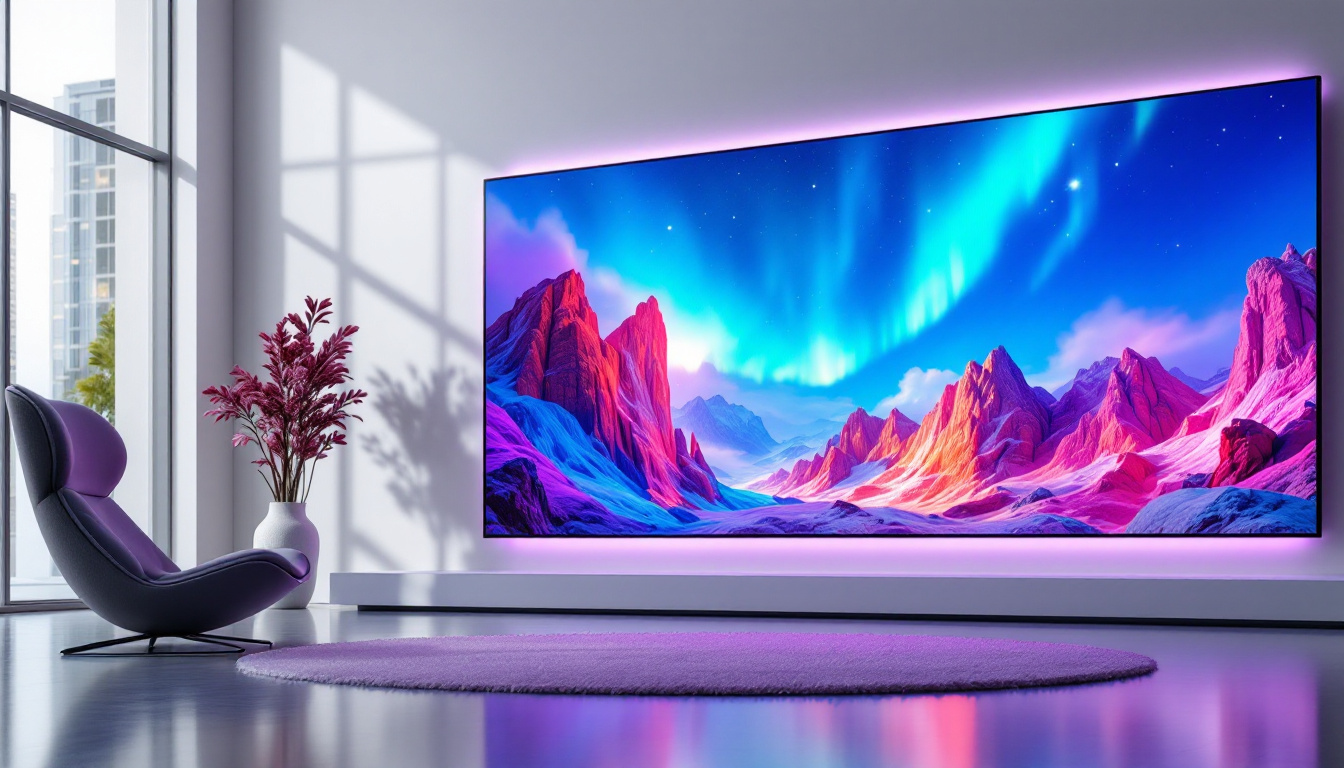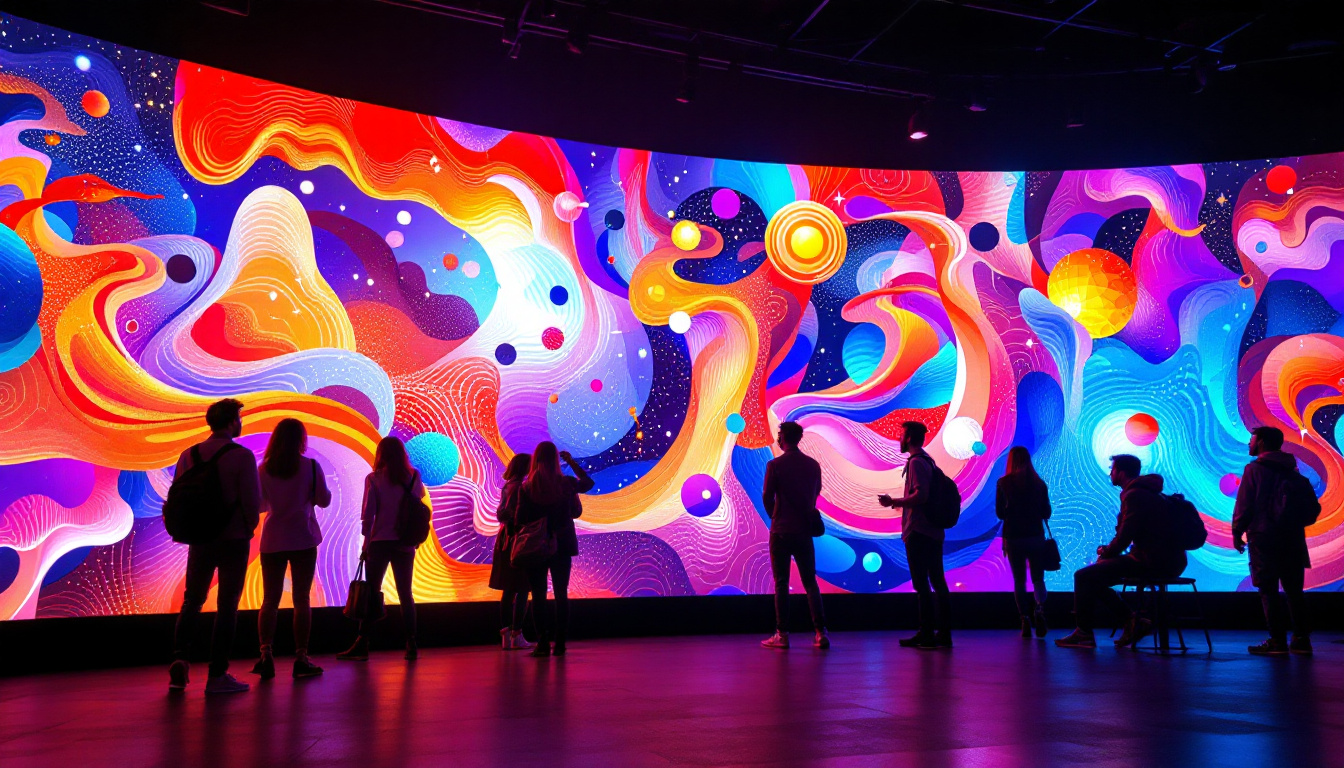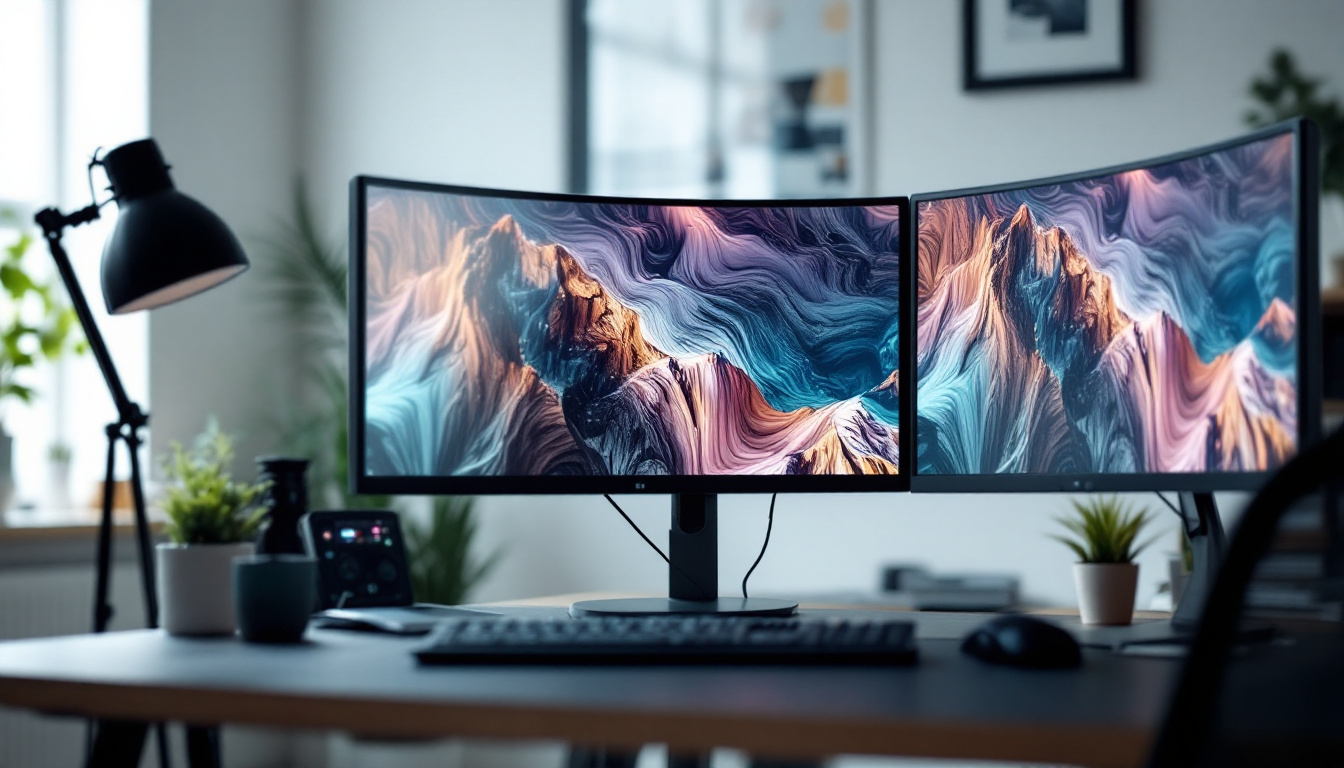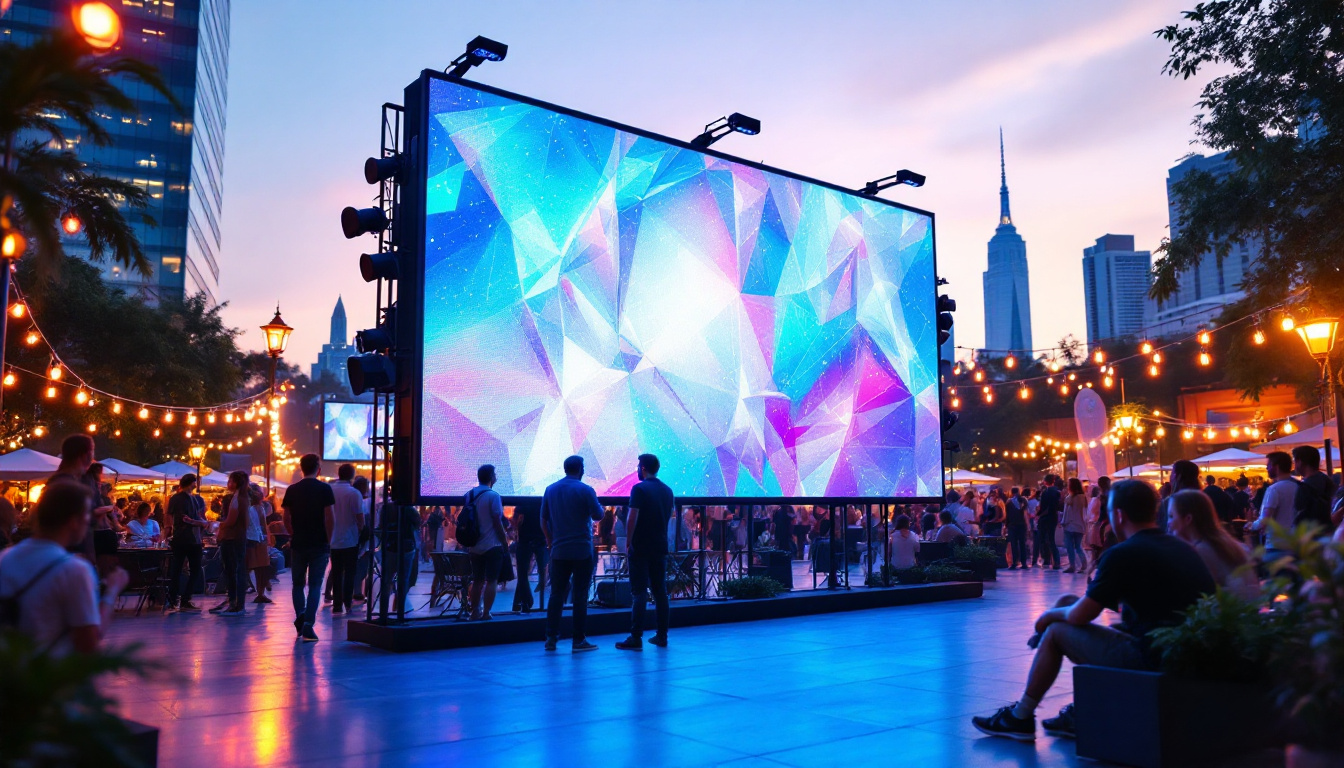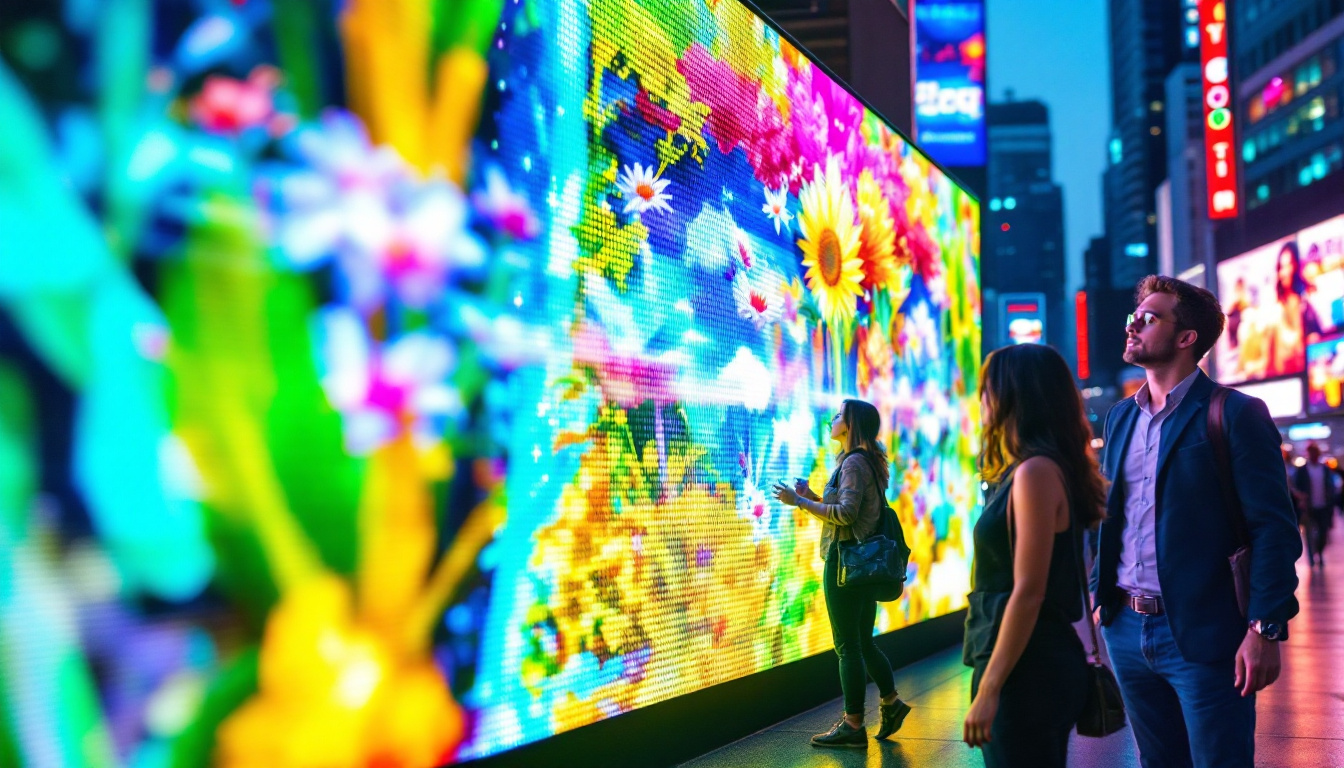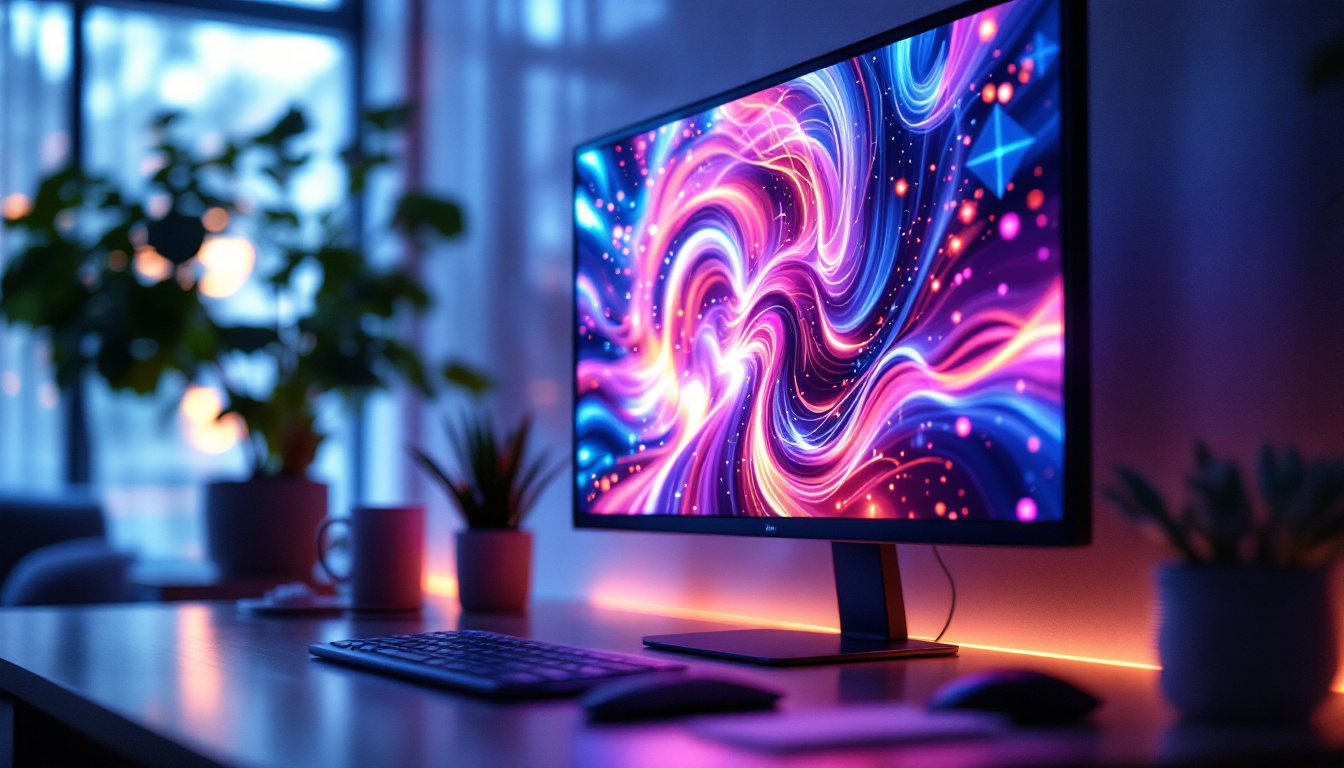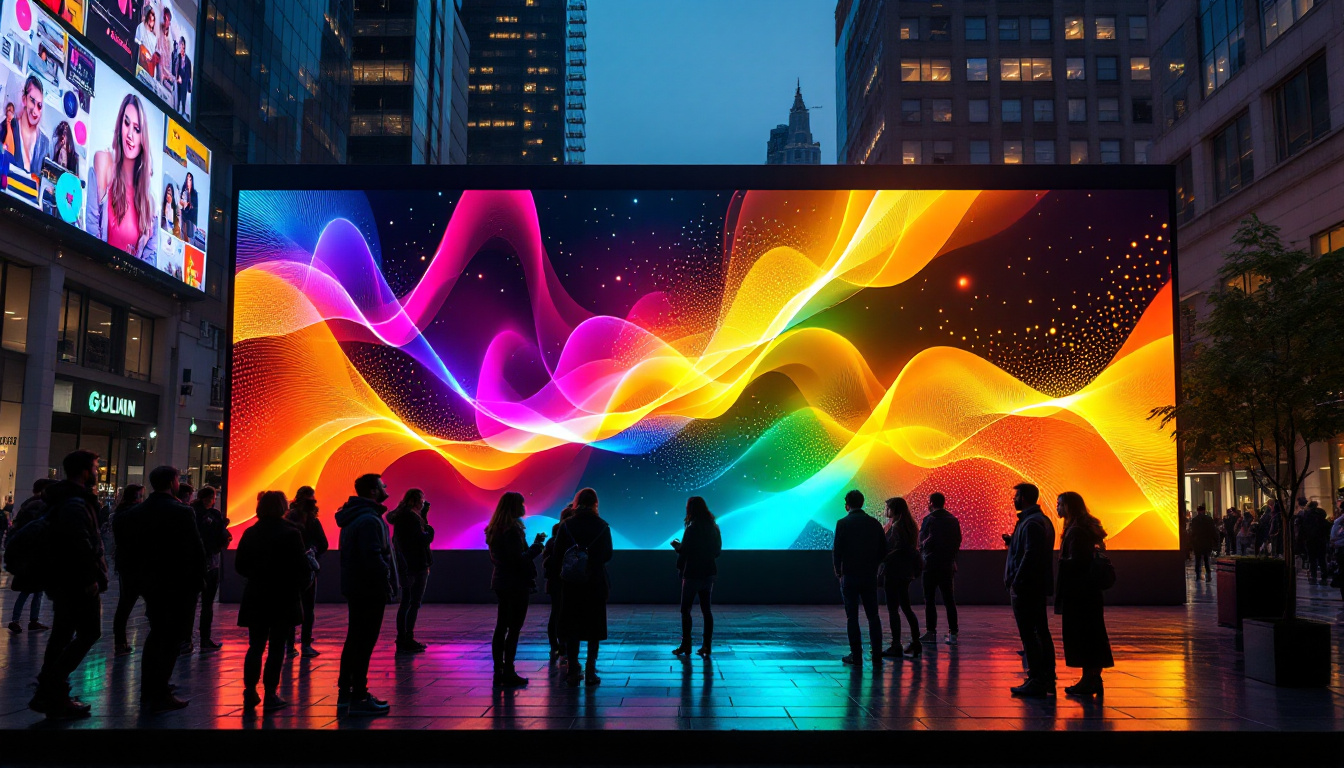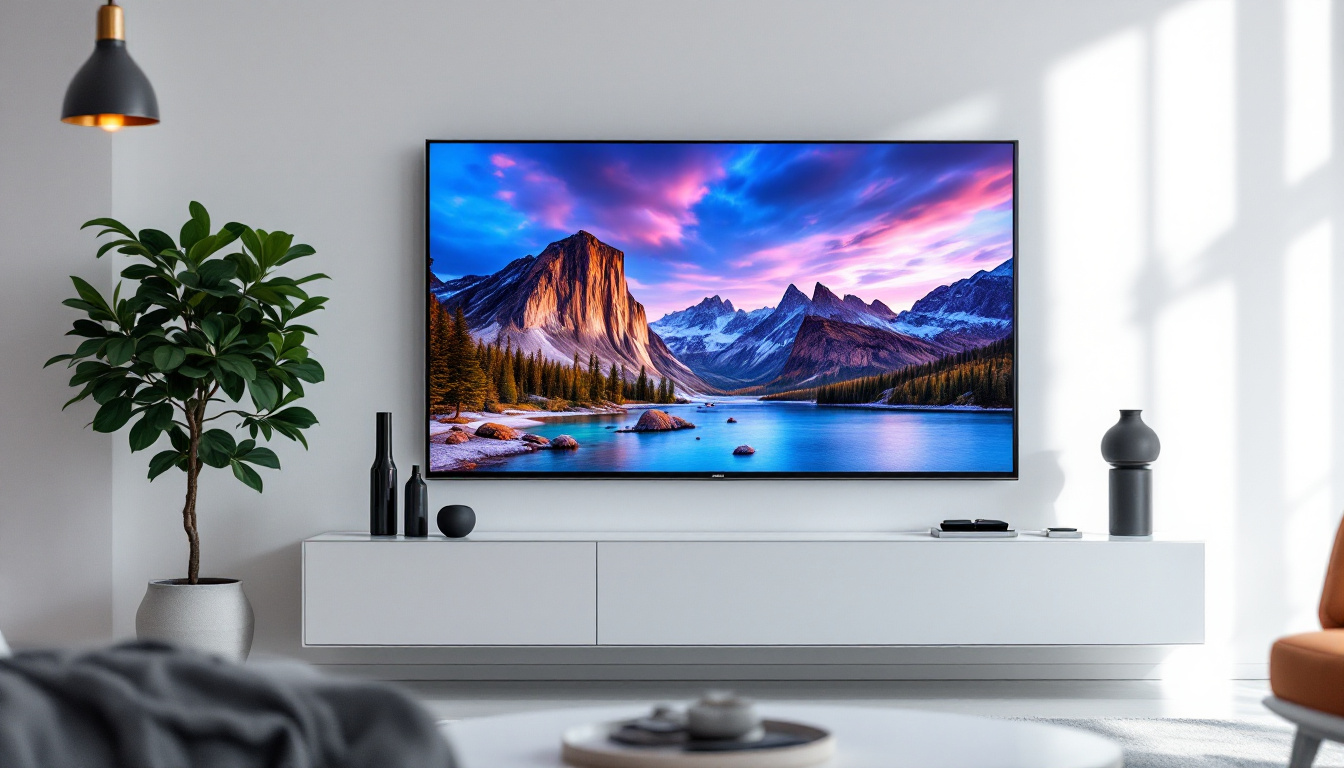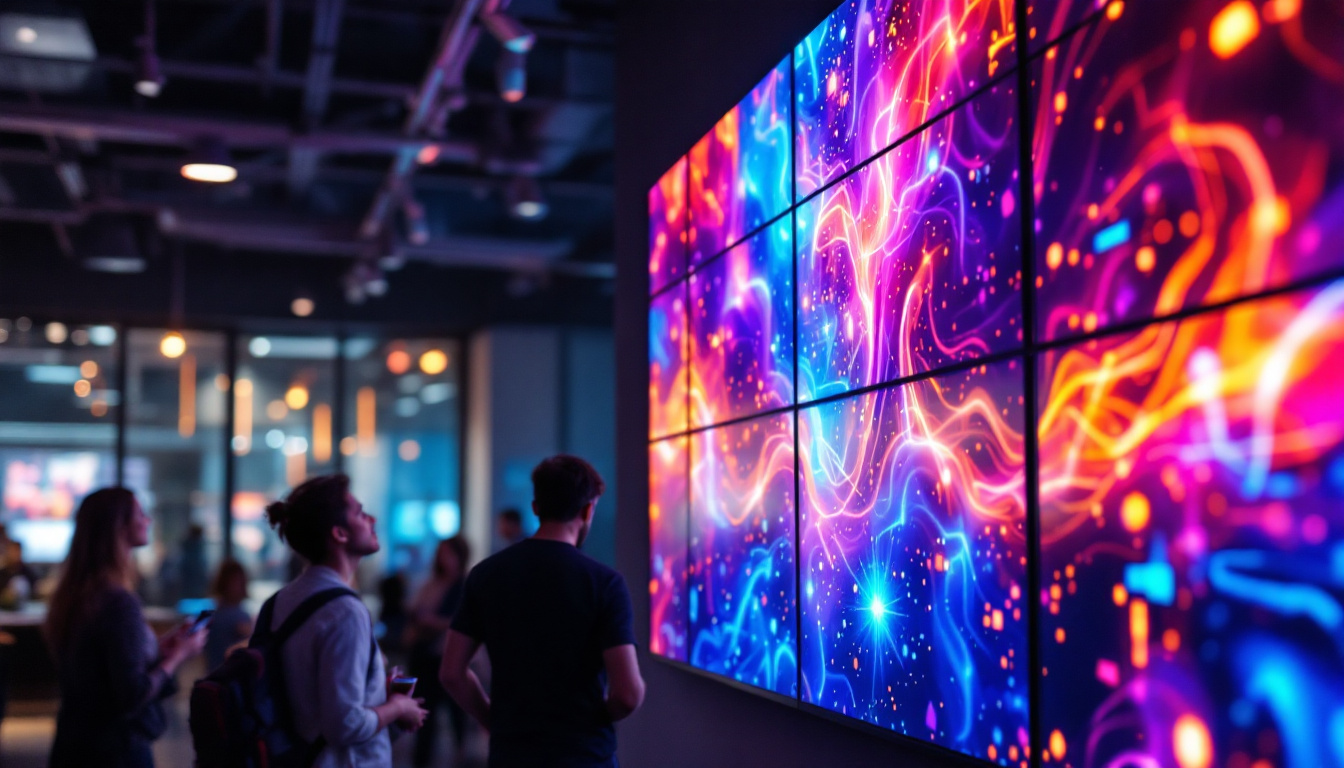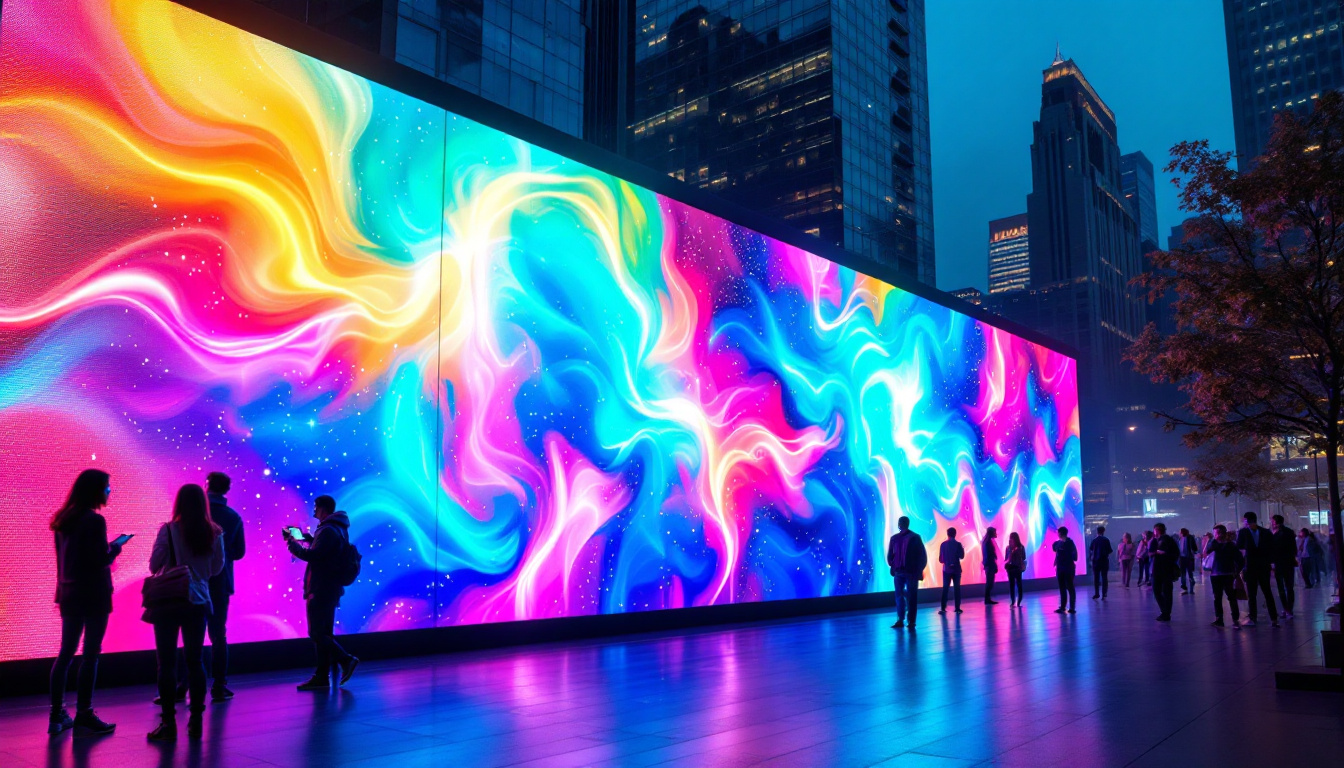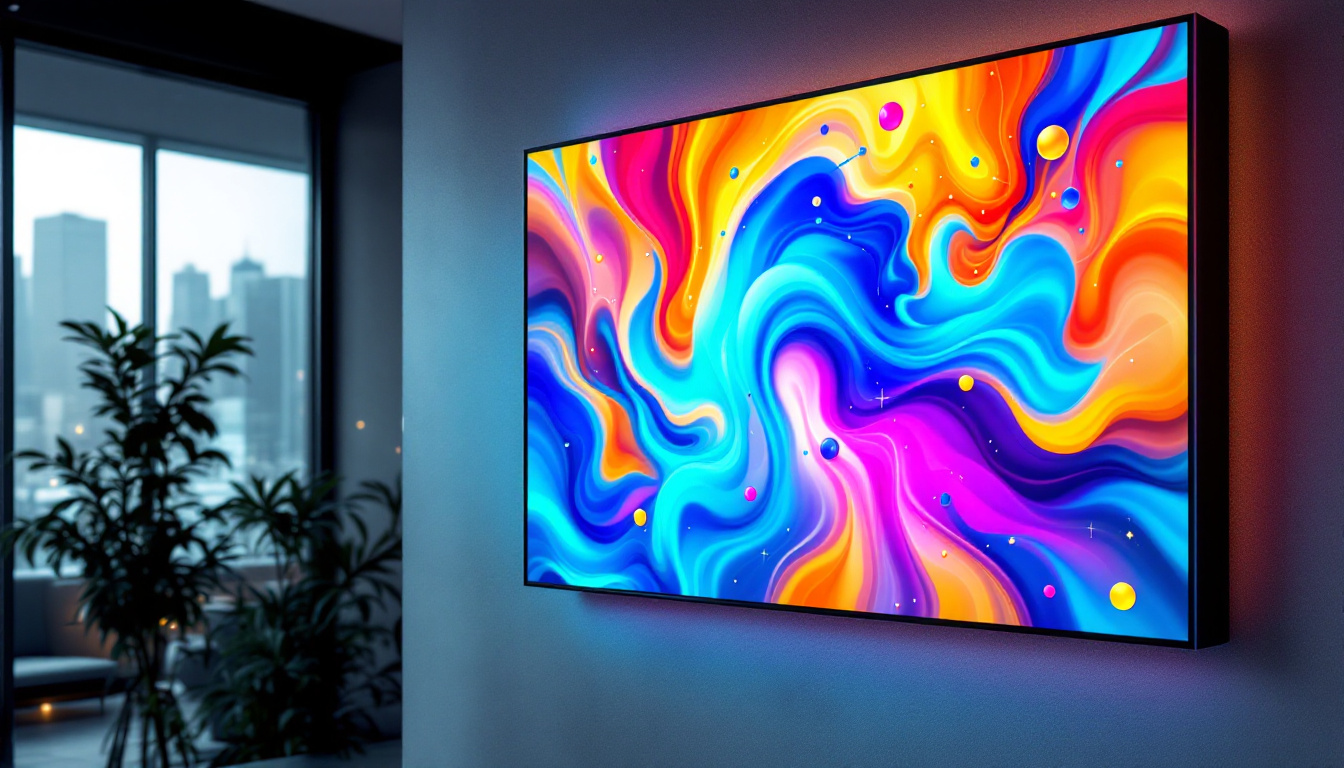The advent of 4K video technology has transformed the way content is produced and consumed. With its stunning resolution and clarity, 4K has become the standard for high-definition displays, particularly in LED technology. Understanding the 4K video ratio and its implications for LED displays can enhance viewing experiences and inform purchasing decisions.
What is 4K Video?
4K video refers to a resolution of approximately 3840 x 2160 pixels, which is four times the pixel count of 1080p, or Full HD. This high resolution allows for more detail and clarity, making images appear sharper and more lifelike. The term “4K” is derived from the horizontal pixel count, which is nearly 4,000 pixels wide. As technology advances, 4K video has become increasingly accessible, with many devices, including smartphones, cameras, and televisions, now supporting this format. This widespread availability has led to a surge in 4K content, from streaming services like Netflix and Amazon Prime to YouTube channels dedicated to high-resolution filmmaking.
The increase in pixel density not only improves image quality but also enhances the viewing experience on larger screens. As screens continue to grow in size, the benefits of 4K resolution become even more pronounced, allowing viewers to sit closer without noticing pixelation. Moreover, the richer color depth and improved contrast ratio that often accompany 4K video contribute to a more immersive experience, making it ideal for everything from blockbuster films to nature documentaries. With the advent of HDR (High Dynamic Range) technology, the visual experience is further enhanced, providing deeper blacks and brighter whites, which adds another layer of realism to 4K content.
The Importance of Aspect Ratio
Aspect ratio is a critical component of video resolution, determining how the width of a video compares to its height. The most common aspect ratio for 4K video is 16:9, which is widely used in televisions, monitors, and streaming services. This ratio provides a balanced viewing experience, making it ideal for movies, television shows, and gaming. The 16:9 aspect ratio has become the standard for most consumer electronics, allowing for a seamless transition between different types of content without the need for letterboxing or cropping.
However, other aspect ratios exist, such as 21:9, which is often used for cinematic presentations. This wider format allows filmmakers to create a more immersive viewing experience, drawing the audience into the story. Understanding these ratios is essential for content creators and consumers alike, as they can affect how video is displayed and perceived. For instance, a video shot in a 2.35:1 aspect ratio will have a more cinematic feel, often used in epic films, while a 4:3 aspect ratio might evoke a nostalgic vibe, reminiscent of classic television shows. As the industry continues to evolve, the exploration of various aspect ratios may lead to innovative storytelling techniques that further enhance the art of visual media.
LED Displays: A Brief Overview
LED (Light Emitting Diode) displays have revolutionized the way visuals are presented. They use semiconductor technology to produce light, resulting in bright, vibrant images with excellent color accuracy. LED displays are available in various forms, including OLED (Organic LED) and QLED (Quantum Dot LED), each offering unique advantages. The versatility of these displays has made them a staple in various industries, from entertainment to healthcare, where clarity and precision are paramount.
One of the key benefits of LED displays is their energy efficiency. Compared to traditional LCD screens, LED displays consume less power while delivering superior brightness and contrast. This efficiency makes them a popular choice for both commercial and residential applications. Additionally, their long lifespan—often exceeding 50,000 hours—means that users can enjoy high-quality visuals without the frequent need for replacements, further enhancing their appeal in both home and business settings.
Types of LED Displays
There are several types of LED displays, each catering to different needs and environments. Some of the most common types include:
- Direct View LED: These displays consist of individual LED modules that can be assembled to create large screens. They are often used for outdoor advertising and large venues, providing stunning visuals that can be seen from great distances, making them ideal for stadiums and concerts.
- LED-backlit LCD: This type combines traditional LCD technology with LED backlighting, enhancing brightness and color contrast. This hybrid approach allows for thinner screens and improved energy efficiency, making it a popular choice for televisions and computer monitors.
- OLED: Organic LEDs provide deeper blacks and better color reproduction by allowing individual pixels to turn off completely. This technology is particularly favored in high-end televisions and smartphones, where picture quality is critical for an immersive viewing experience.
In addition to these types, there are also specialized LED displays designed for specific applications. For instance, transparent LED displays are gaining traction in retail environments, allowing products to be showcased behind the screen while still delivering dynamic content. Furthermore, flexible LED displays are emerging, enabling curved or uniquely shaped installations that can adapt to various architectural designs. These innovations not only enhance aesthetic appeal but also expand the possibilities for creative advertising and artistic displays.
As the technology continues to evolve, advancements in LED displays are also focusing on improving sustainability. Manufacturers are increasingly exploring eco-friendly materials and production processes, addressing concerns related to electronic waste and energy consumption. This shift towards greener technology not only benefits the environment but also appeals to consumers who are becoming more conscious of their ecological footprint. The future of LED displays looks promising, with ongoing research and development paving the way for even more efficient, versatile, and visually stunning options.
The Relationship Between 4K Video and LED Displays
The combination of 4K video and LED display technology offers a powerful visual experience. As 4K content becomes more prevalent, the demand for compatible displays has surged. LED displays are particularly well-suited for 4K video due to their ability to render high levels of detail and vibrant colors.
Moreover, the high refresh rates of LED displays enhance the viewing experience, particularly for fast-paced content such as sports and action films. This synergy between 4K video and LED technology creates immersive experiences that captivate audiences.
Benefits of 4K on LED Displays
Integrating 4K video with LED displays comes with numerous benefits:
- Enhanced Clarity: The high pixel count of 4K video ensures that images are sharp and clear, even on larger screens.
- Improved Color Accuracy: LED displays can reproduce a wider color gamut, making 4K content appear more vibrant and true to life.
- Better Viewing Angles: Many LED displays, especially OLEDs, offer superior viewing angles, allowing viewers to enjoy consistent image quality from various positions.
Choosing the Right LED Display for 4K Video
When selecting an LED display for 4K video, several factors should be considered to ensure optimal performance and satisfaction. These factors include screen size, refresh rate, and panel type.
Screen Size and Viewing Distance
The size of the LED display plays a significant role in the viewing experience. Larger screens can take full advantage of 4K resolution, allowing viewers to appreciate the finer details. However, the ideal screen size also depends on the viewing distance.
A general rule of thumb is to sit at a distance that is 1.5 to 2 times the diagonal size of the screen for optimal viewing. For example, if a viewer has a 65-inch 4K display, they should ideally sit between 8 to 10 feet away to fully appreciate the resolution without straining their eyes.
Refresh Rate Considerations
The refresh rate of an LED display, measured in Hertz (Hz), indicates how many times per second the screen refreshes the image. For 4K video, a refresh rate of at least 60Hz is recommended to ensure smooth motion and reduce motion blur.
Higher refresh rates, such as 120Hz or 240Hz, can further enhance the experience, particularly for action-packed content like video games and sports. These displays can provide a more fluid visual experience, making them ideal for fast-moving scenes.
Future of 4K Video and LED Technology
The future of 4K video and LED technology looks promising, with advancements continuously being made. As more content becomes available in 4K resolution, the demand for high-quality displays will only increase.
Emerging Technologies
Several emerging technologies are set to shape the future of 4K video and LED displays:
- MicroLED: This technology offers the potential for even greater brightness and color accuracy than traditional LED displays, making it a strong contender for future high-end displays.
- 8K Resolution: While 4K is currently the standard, 8K resolution is slowly entering the market. As content becomes available, displays capable of 8K resolution will likely become more common.
- AI Upscaling: Artificial intelligence is being used to enhance lower-resolution content, making it look closer to 4K quality. This technology can be particularly useful for streaming services and older content.
Impact on Content Creation
The rise of 4K video technology is also influencing content creation. Filmmakers and content creators are increasingly adopting 4K as the standard for production, leading to a wealth of high-quality content available for viewers. This shift has implications for everything from cinematography to post-production workflows.
As 4K becomes the norm, creators will need to adapt their techniques and tools to take full advantage of the resolution, ensuring that their work meets audience expectations for quality and detail.
Conclusion
Understanding the relationship between 4K video and LED displays is essential for anyone looking to enhance their viewing experience. With the right knowledge, consumers can make informed decisions when purchasing displays that will deliver stunning visuals and immersive experiences.
The future of 4K technology is bright, with ongoing advancements promising to push the boundaries of what is possible in visual entertainment. As technology evolves, so too will the ways in which audiences engage with content, making it an exciting time for both viewers and creators alike.
Discover the Future of Visuals with LumenMatrix
Ready to elevate your visual experience with the latest in 4K LED display technology? LumenMatrix is at the forefront of innovation, offering a wide range of LED display solutions that bring your content to life. From the immersive Indoor LED Wall Display to the dynamic Outdoor LED Wall Display, and from the versatile Vehicle LED Display to the sleek LED Poster Display, our products are designed to captivate and engage. Explore our LED Sports Display for action-packed clarity, our Floor LED Display for interactive environments, and our Custom LED Display options for a personalized touch. Experience the revolution in visual communication with our All-in-One LED Display and LED Transparent Display solutions. Don’t just watch the future unfold—be a part of it. Check out LumenMatrix LED Display Solutions and transform your space into a beacon of high-definition storytelling.

